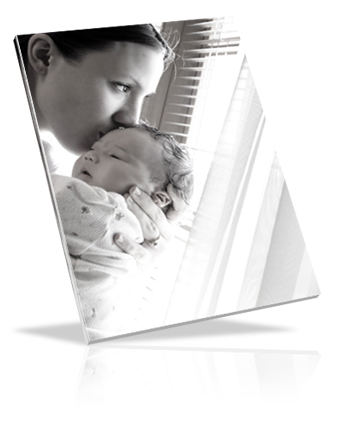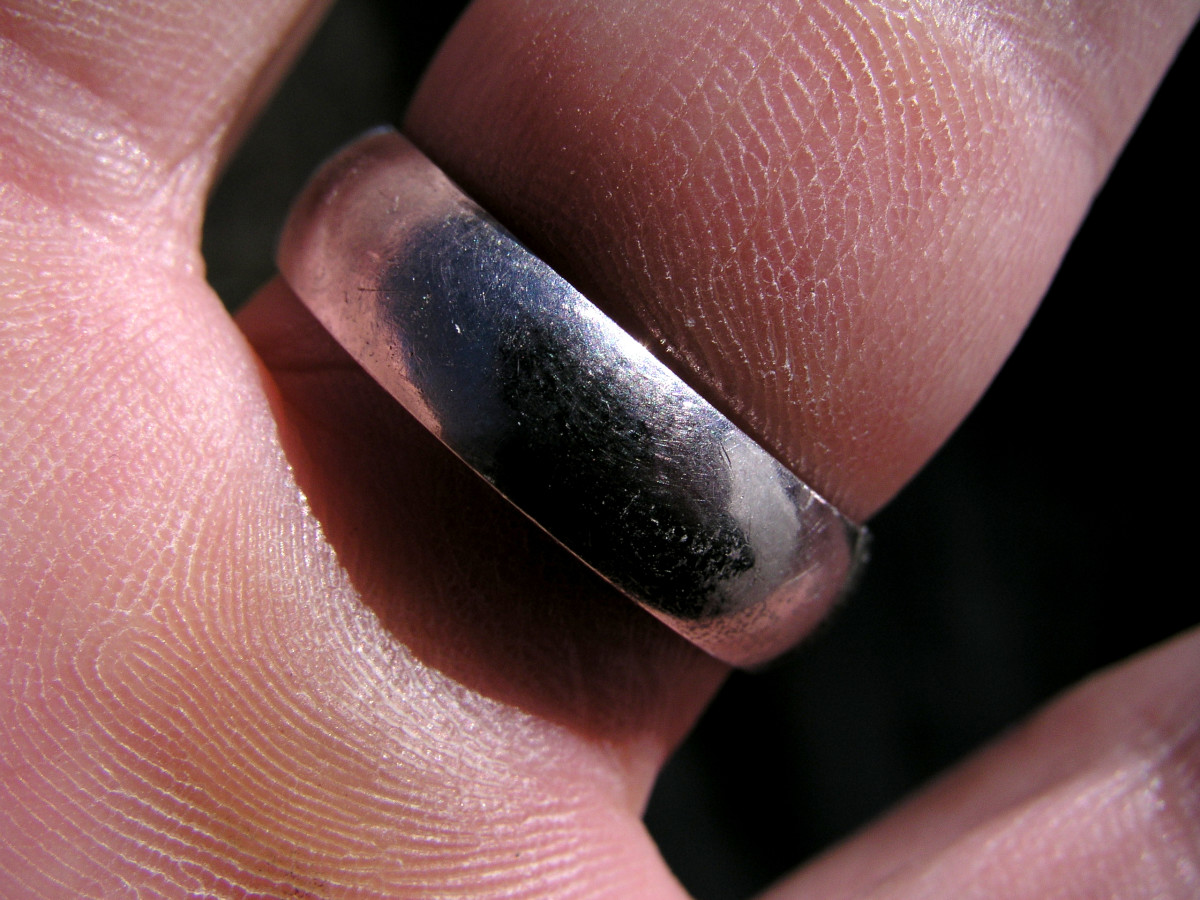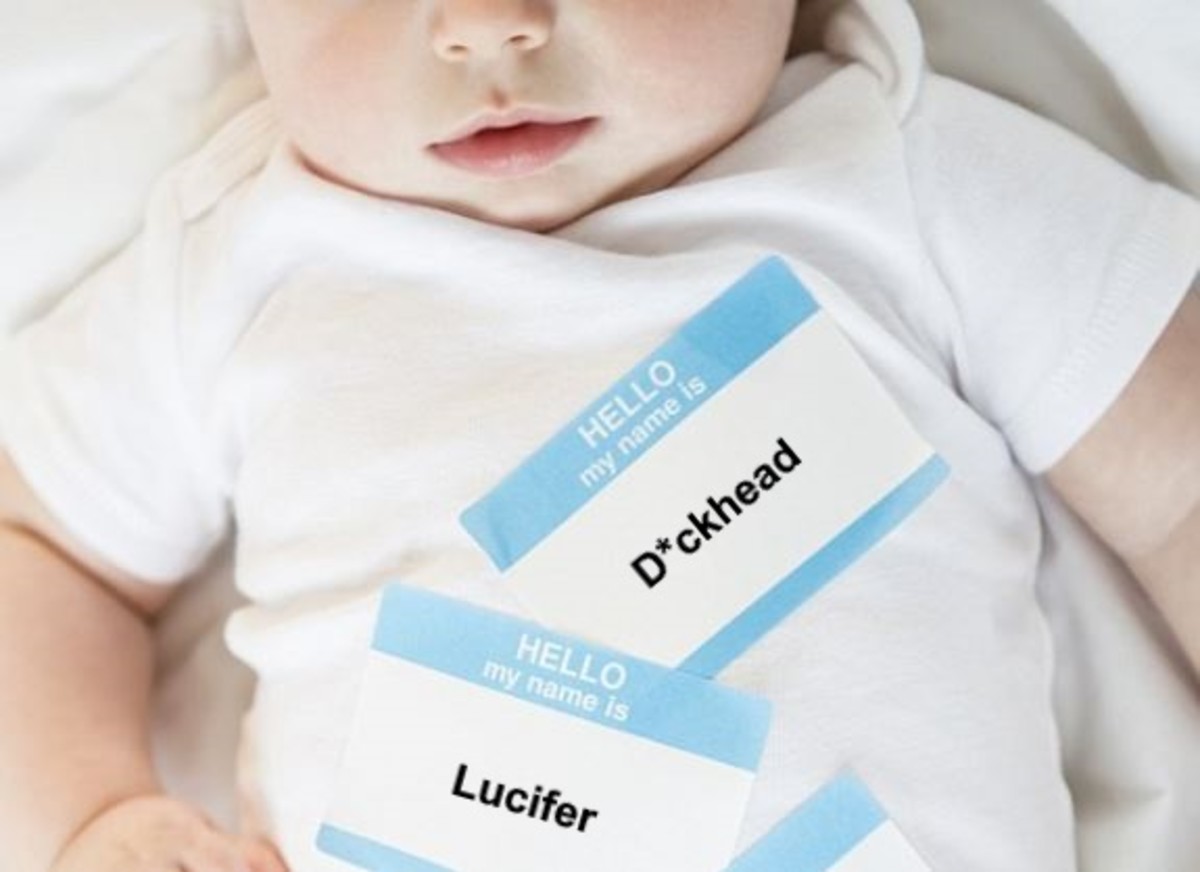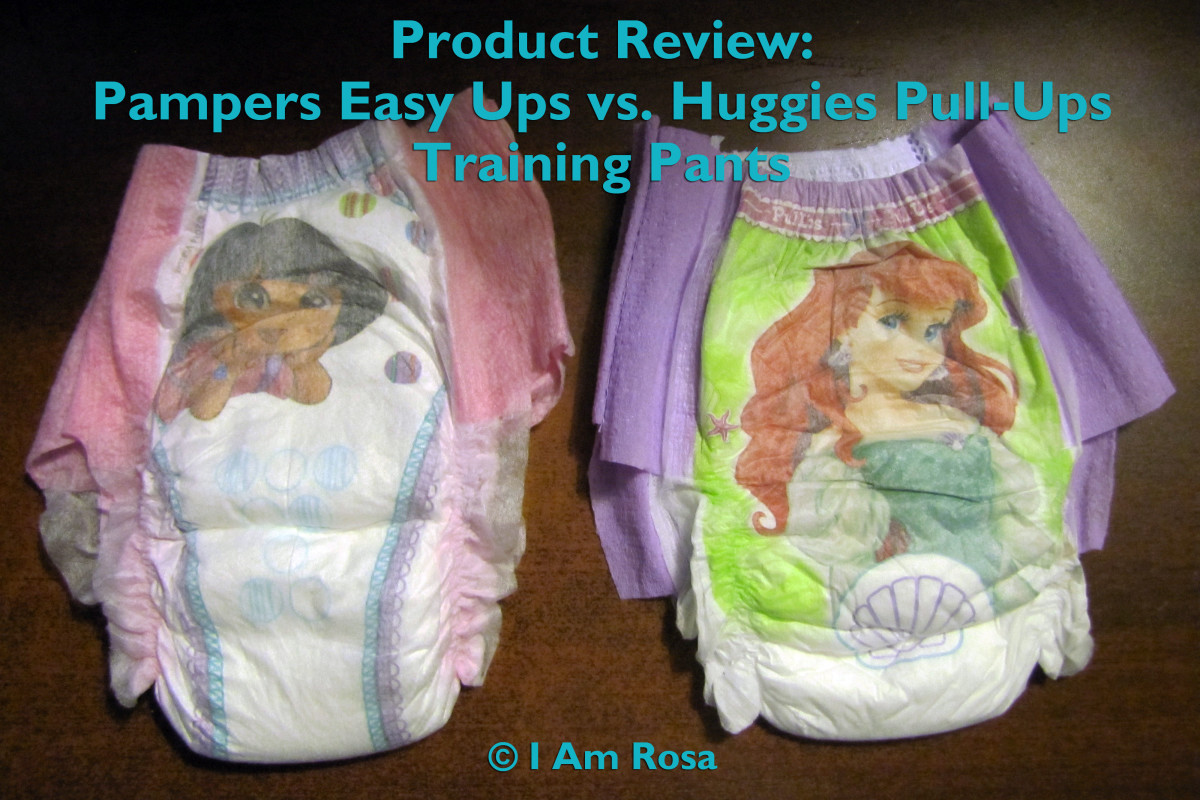Umbilical Cord

Umbilical Cord Care
Nature is already doing that for you, well before you begin to care for your newborn's umbilical cord yourself. During the critical gestation period mother is supplying her baby with all the nutrients they require through the umbilical cord. Next, when birth takes place, within minutes doctors care for it by clamping, snipping and tying. The clamp helps stop bleeding from the three blood vessels in the umbilical cord - two arteries and one vein. Since nature has provided a lack of pain-sensitive nerve fibers in the cord baby feels no pain.
Now it's your turn
After the cord cutting procedure, the newborn's umbilical cord may change colors.
It can change from yellowish, green to brown to black as it dries out and eventually falls off.
Not to worry!
This is all part of the natural process as the cord dries out in preparation for falling off typically within two weeks after birth.
During those days the babies are, naturally, a little tender
No need to be paranoid, just cautious, the only care needed is to keep the area clean and avoid bumping the cord.
The section around the navel is comprised of sensitive skin it takes only modest amount of pressure to feel discomfort.
Umbilical cord
Keeping the umbilicus area clean will help prevent infection and the risk of spreading any infection to the liver or the abdomen. The skin is the body's largest organ and the first line of defense against bacterial organism.
It provides a physical barrier against the most common bacterial organisms, known to infect the cord like:
1. Staphylococcus aureus
2. Escherichia coli
3. Other gram-negative organisms
These organisms are seen as 'foreign invaders' by the body that provokes the immune system into a response.
Related Articles
Germs
Germs are in the air, in water, on your stuff, and in food. And your baby's immune system is still under going significant development for the first year and beyond. A baby's immune system doesn't yet have all the normal complement of antibodies to counteract common germs. It need time to grow to be more resistant to germs and that usually take 12 months or after.
So, keeping the area clean and free of dirt will help prevent those germs from getting in.
It's rarely necessary to swab the area with rubbing alcohol or alcohol. In fact, a contemporary study suggests that this is mildly counterproductive. While not actively harmful, researchers now say the cord will likely drop off faster in a couple of days if left alone.
But, the area can attract food, and a host of other things like dirt, so babies will be babies.
Cloth
Once more, not to worry! A little gentle wipe with some sterile water and a soft wet cloth will usually do the job.
Gentle and well-diluted antibacterial soap with a soft cotton cloth can do a wonderful job, when a little more complete cleansing power is needed. Keep away from ordinary washcloths if they turn out to be a little harsh and stiff after they're no longer brand new.
Moisture
The lowest setting of the hair dryer can help if moisture gets trapped where dampness won't dry out within a few minutes. A baby's skin is very sensitive; as a result make sure the air doesn't get too hot.
Diaper
Avoid covering the naval area with the diaper. Also, keep the top edge of the diaper folded down far enough so it doesn't bend or push the cord as the baby is moved around or when the child is picked up. To keep the area dry and free from possible infectious bacteria, be sure to change soiled diapers right away.
Sponge bath
The best bath during this period is a sponge bath, you can use a tub filled with water that's below the navel. Probability is that your baby will tilt too much, slip, and move around too much and get some soapy water around the area. That shouldn't be a big problem, but try and keep it to a bare minimum.
Pulling
Never give in to any temptation to give the umbilical cord any assistance in falling off, like pulling on it. At the right time it will do so naturally all on its own. Pulling can produce pain and tear the skin and possible cause an infection.






